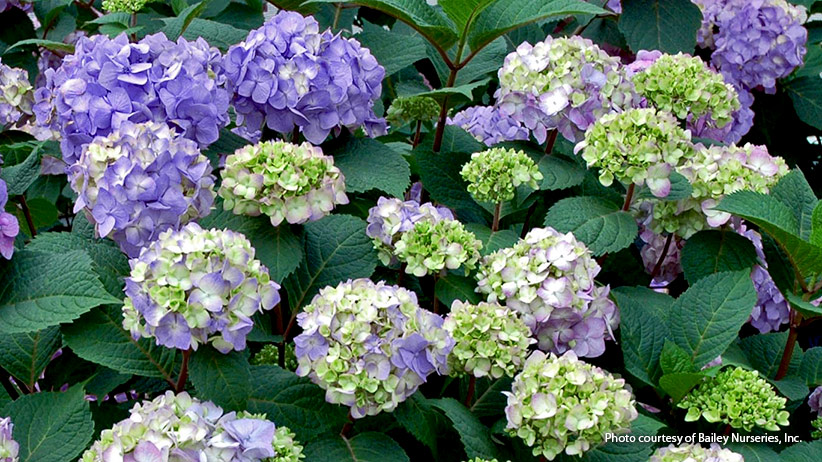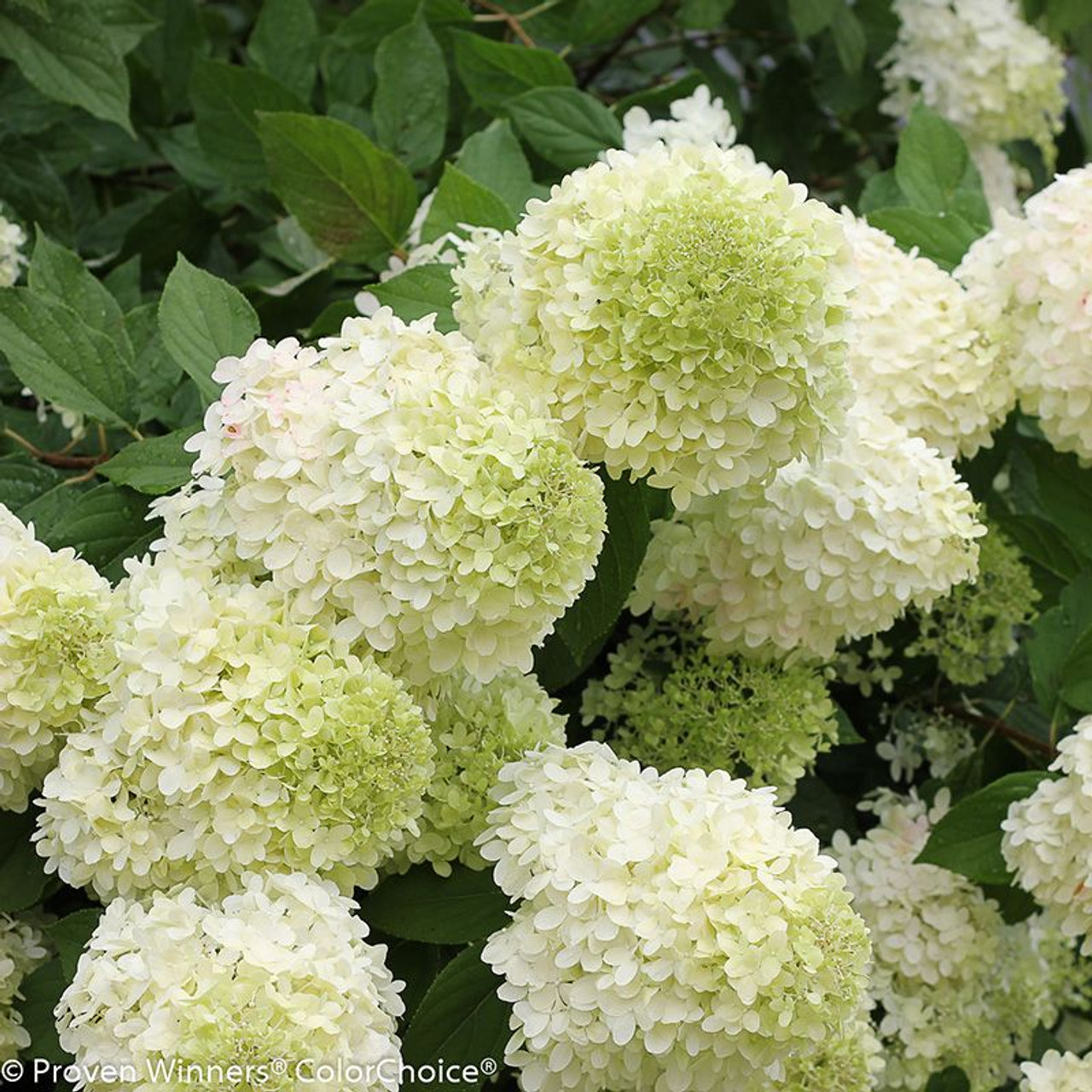Sunloving Hydrangeas: The Ultimate Guide To Growing These Beautiful Blooms In Full Sun
SunLoving Hydrangeas: The Ultimate Guide to Growing These Beautiful Blooms in Full Sun
Hydrangeas are some of the most popular flowering shrubs in the world, and for good reason. They come in a wide variety of colors, sizes, and shapes, and they can add a touch of elegance to any garden. But did you know that there are also sun-loving hydrangeas?
That's right, not all hydrangeas need shade. In fact, some varieties actually prefer full sun. If you're looking for a hydrangea that will thrive in a sunny spot, there are a few things you need to know.
Choosing the Right Sun-Loving Hydrangea
The first step is to choose the right variety of hydrangea. Not all sun-loving hydrangeas are created equal. Some varieties, such as panicle hydrangeas, are more tolerant of full sun than others, such as bigleaf hydrangeas.
If you live in a hot climate, you'll want to choose a variety that is specifically designed for warm weather. Some good options include panicle hydrangeas, smooth hydrangeas, and oakleaf hydrangeas.
Planting Your Sun-Loving Hydrangea
Once you've chosen the right variety, it's time to plant your hydrangea. Choose a spot in your garden that gets full sun for at least 6 hours a day. The soil should be well-drained, and the pH should be between 5.5 and 6.5.
Dig a hole that is twice as wide as the root ball of your hydrangea. Add some compost or other organic matter to the soil in the hole. Place the hydrangea in the hole and backfill with soil. Water the hydrangea thoroughly.
Caring for Your Sun-Loving Hydrangea
Sun-loving hydrangeas are relatively easy to care for. Water them regularly, especially during the first year after planting. Mulch around the base of the hydrangea to help retain moisture and suppress weeds.
Fertilize your hydrangea in the spring with a balanced fertilizer. You can also fertilize in the fall, but avoid fertilizing too late in the season, as this can encourage new growth that is susceptible to winter damage.
Pruning Your Sun-Loving Hydrangea
Most sun-loving hydrangeas are pruned in the spring. Prune back any dead or damaged branches. You can also thin out the branches to improve air circulation and reduce the risk of pests and diseases.
Enjoying Your Sun-Loving Hydrangea
With proper care, your sun-loving hydrangea will reward you with beautiful blooms for many years to come. Soak up the beauty of these amazing flowers and enjoy the beauty of your garden.
If you're looking for a beautiful and easy-to-care-for hydrangea, look no further than the sun-loving varieties. These hydrangeas thrive in full sun, and they come in a variety of colors, including blue, pink, and white.
One of the best things about sun-loving hydrangeas is that they don't require a lot of water. In fact, they can actually be susceptible to root rot if they're overwatered. So if you're looking for a low-maintenance hydrangea, a sun-lover is a great option.
If you're interested in learning more about sun-loving hydrangeas, I recommend visiting . This website has a wealth of information on hydrangeas, including care tips, planting instructions, and a variety of different sun-loving varieties.
FAQ of sun loving hydrangeas
Q: What are sun-loving hydrangeas?
A: Sun-loving hydrangeas are a type of hydrangea that prefers full sun or partial shade. They are typically more compact than other types of hydrangeas, and they produce larger, brighter flowers. Some popular varieties of sun-loving hydrangeas include Annabelle, Limelight, and Endless Summer.
Q: How much sun do sun-loving hydrangeas need?
A: Sun-loving hydrangeas need at least 6 hours of direct sunlight per day. However, they can also tolerate partial shade, as long as they still receive at least 4 hours of sunlight.
Q: How to care for sun-loving hydrangeas?
A: Sun-loving hydrangeas are relatively easy to care for. They need well-drained soil, and they should be watered regularly, especially during the summer months. They also benefit from a light application of fertilizer in the spring.
Q: What are the benefits of planting sun-loving hydrangeas?
A: Sun-loving hydrangeas are a beautiful addition to any garden. They are also relatively low-maintenance, and they can tolerate a variety of conditions.
Q: What are some common problems with sun-loving hydrangeas?
A: Some common problems with sun-loving hydrangeas include leaf scorch, powdery mildew, and aphids. Leaf scorch can be caused by too much sun, while powdery mildew is a fungal disease that can be prevented by good air circulation. Aphids are small insects that can suck the sap out of hydrangea leaves, causing them to wilt and turn yellow.
Image of sun loving hydrangeas
- Bigleaf hydrangea: This type of hydrangea is known for its large, showy blooms that can be pink, blue, or white. Bigleaf hydrangeas prefer morning sun and afternoon shade.

- Smooth hydrangea: This type of hydrangea is similar to bigleaf hydrangea, but it has smaller blooms and is more tolerant of full sun.

- Panicle hydrangea: This type of hydrangea is known for its tall, cone-shaped blooms that can be pink, blue, or white. Panicle hydrangeas prefer full sun.

- Annabelle hydrangea: This type of hydrangea is known for its large, white blooms that can be 12 inches in diameter. Annabelle hydrangeas prefer full sun.

- Limelight hydrangea: This type of hydrangea is known for its large, lime green blooms that turn pink in the fall. Limelight hydrangeas prefer full sun.

Post a Comment for "Sunloving Hydrangeas: The Ultimate Guide To Growing These Beautiful Blooms In Full Sun"